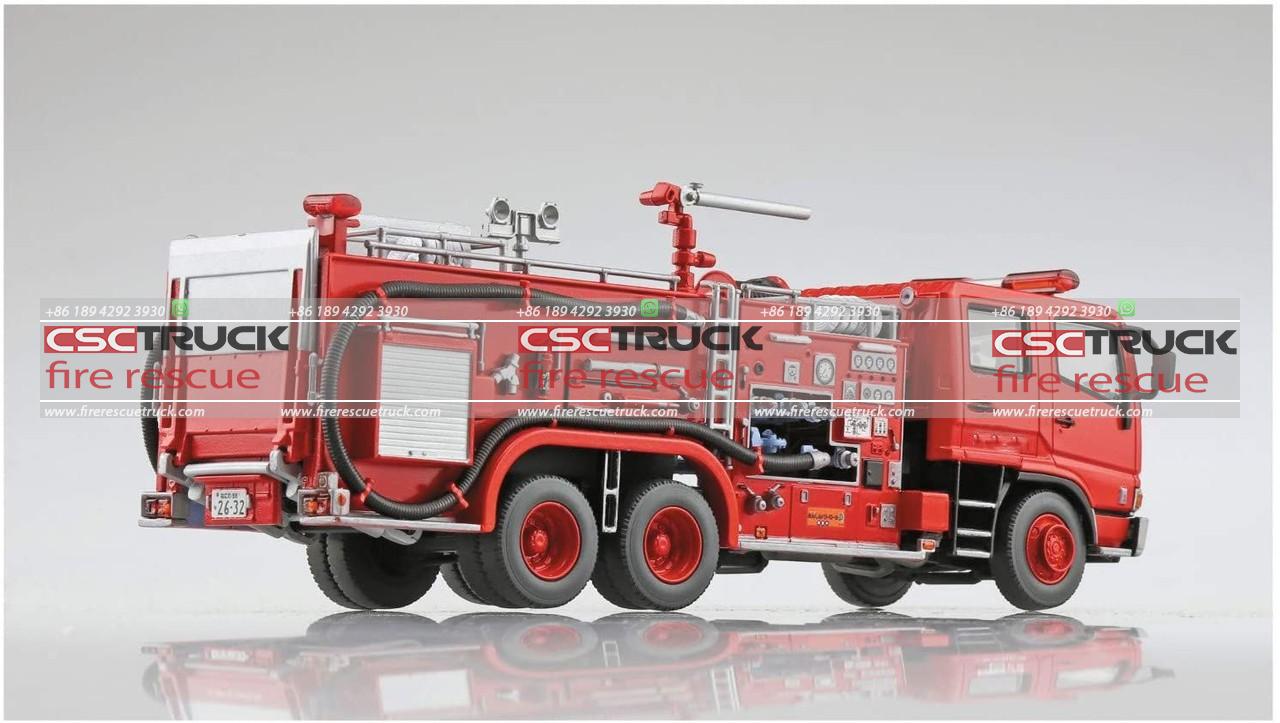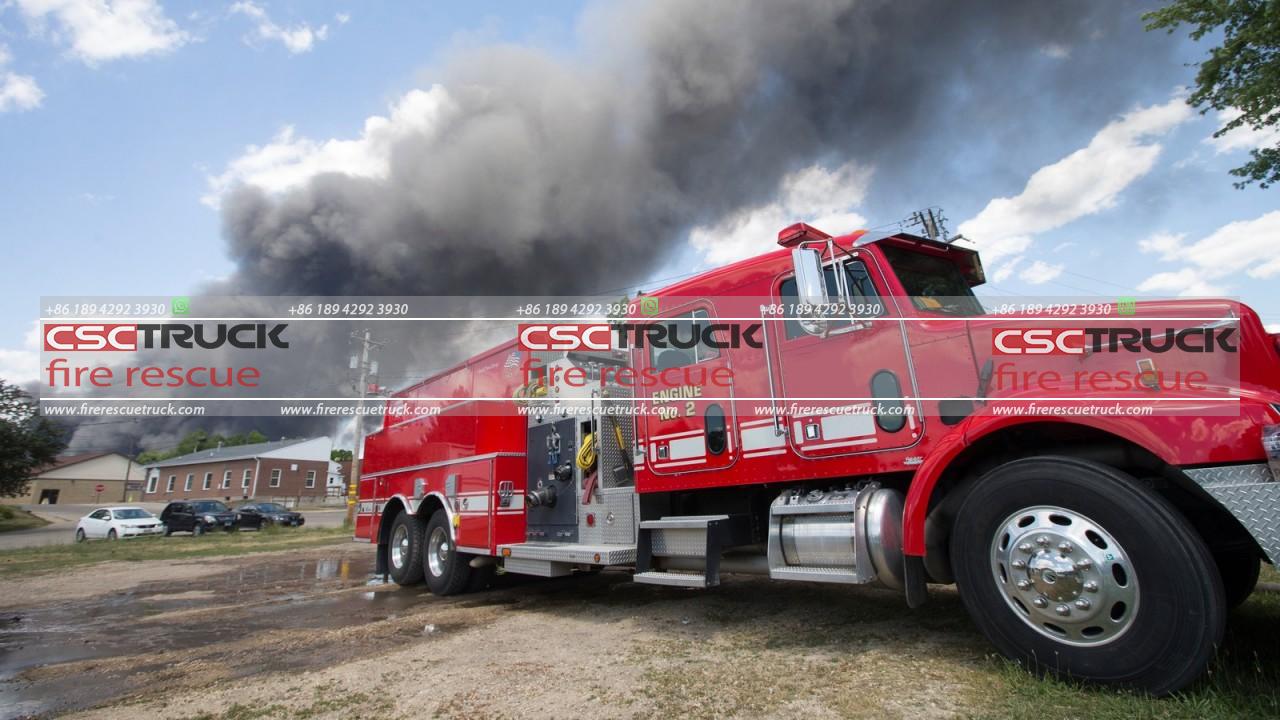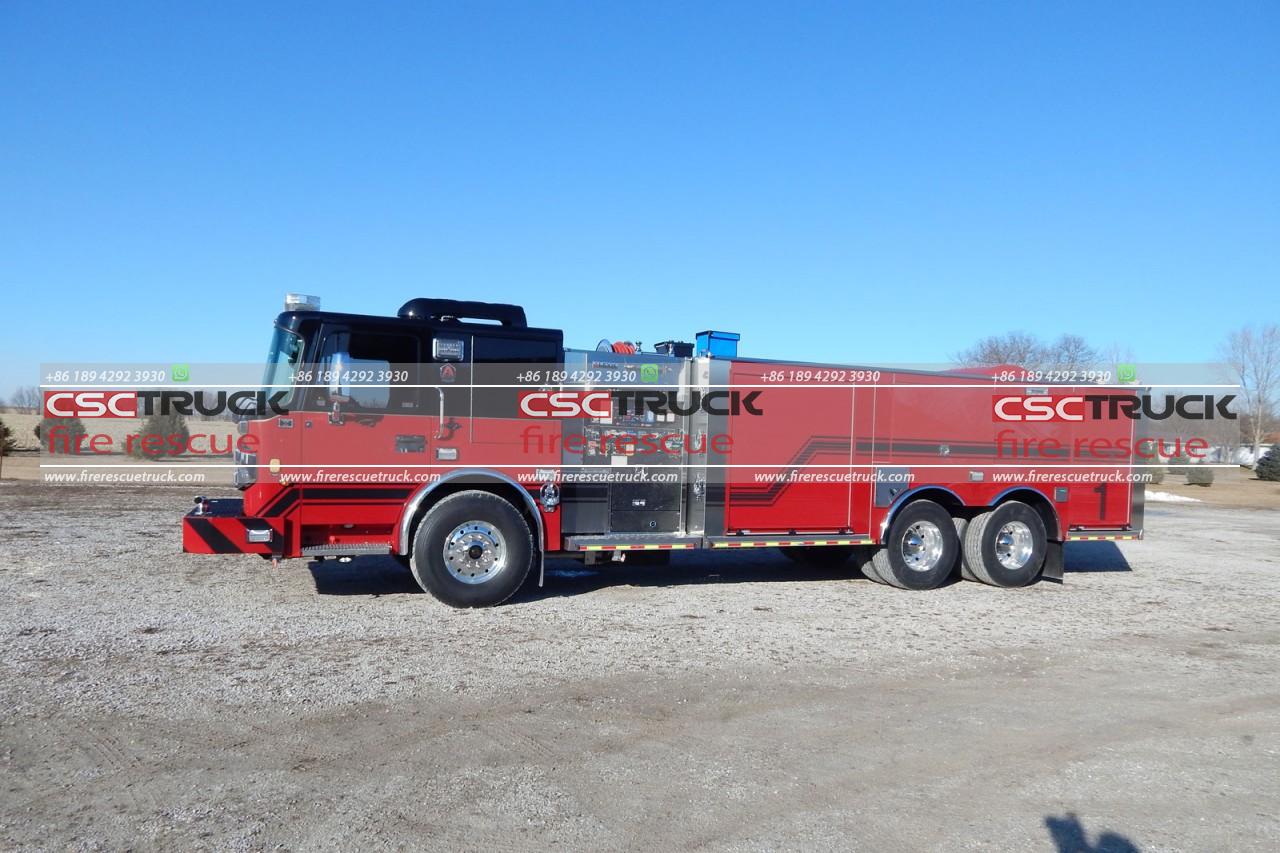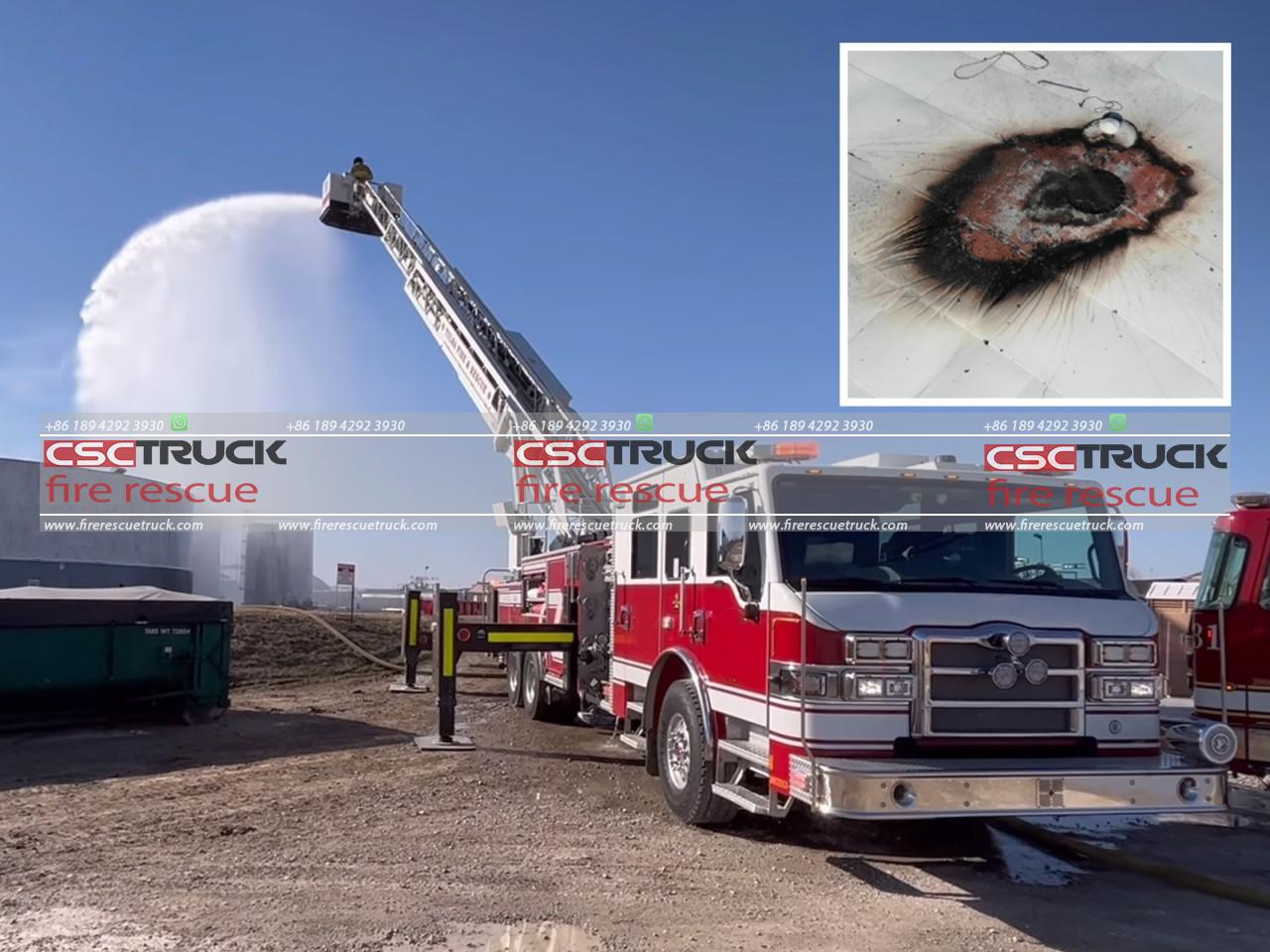Introduction
Chemical fires are among the most dangerous incidents that firefighters face. These fires can release toxic fumes, cause explosions, and pose severe risks to both human life and the environment. To combat such incidents, specialized vehicles known as chemical fire trucks are deployed. These trucks are equipped with advanced technology and specialized safety features to ensure the safety of the firefighters and mitigate the risks associated with chemical fires. In this article, we will explore the safety procedures for operating a chemical fire truck during hazardous incidents.
1. Training and Preparedness
Operating a chemical fire truck requires extensive training and preparation. Firefighters must undergo specialized training programs that focus on handling hazardous materials, understanding chemical properties, and operating the equipment on the fire truck. This training equips them with the necessary knowledge and skills to assess the situation, identify the chemicals involved, and determine the appropriate response strategy. Regular drills and exercises are conducted to simulate hazardous incidents and enhance preparedness.
2. Personal Protective Equipment (PPE)
The first line of defense for firefighters during chemical fire incidents is personal protective equipment (PPE). Chemical fire truck operators must wear appropriate PPE to ensure their safety. This typically includes fire-resistant clothing, gloves, boots, helmets, and a self-contained breathing apparatus (SCBA) to protect against toxic gases and smoke inhalation. The PPE should be regularly inspected, properly fitted, and maintained to ensure its effectiveness.
3. Hazard Assessment and Monitoring
Before approaching the scene, chemical fire truck operators must conduct a thorough hazard assessment. This involves identifying potential risks and assessing the situation to determine the appropriate response. The fire truck may be equipped with specialized monitoring equipment such as gas detectors and radiation monitors to measure the levels of hazardous substances in the air. This data helps operators make informed decisions and take necessary precautions to minimize exposure risks.

4. Emergency Response Plan
Chemical fire truck operators must have a well-defined emergency response plan in place. This plan outlines the actions to be taken in various scenarios, such as containing the fire, evacuating nearby areas, or dealing with spills. The plan should also include communication protocols with other response teams, such as hazardous materials (HAZMAT) teams, medical services, and law enforcement. Regular drills and exercises are conducted to ensure familiarity with the emergency response plan and coordination among team members.
5. Specialized Equipment and Tools
Chemical fire trucks are equipped with specialized equipment and tools designed to handle hazardous incidents. These may include foam systems, which are used to suppress chemical fires by creating a blanket of foam that seals off the fuel source and prevents oxygen from reaching it. Additionally, the trucks may carry decontamination equipment to clean firefighters and equipment after exposure to hazardous substances. Operators must be familiar with the operation and maintenance of these specialized tools to ensure their effective use during hazardous incidents.
6. Communication and Coordination
Effective communication and coordination among the firefighting team members are paramount during chemical fire incidents. Operators must establish clear channels of communication with their team members and other response teams on-site. This allows for the exchange of critical information, coordination of actions, and timely updates on the situation. Communication devices such as 2-way radios or intercom systems are essential tools for maintaining effective communication in high-stress situations.

7. Continuous Monitoring and Evaluation
Operating a chemical fire truck during hazardous incidents is a dynamic and challenging task. Operators must continuously monitor the situation and evaluate the effectiveness of their actions. Regular updates on the chemical fire’s behavior, changes in conditions, and progress toward containment should be communicated to the entire team. This information helps the operators make necessary adjustments to their strategies and ensure the safety of all personnel involved.
8. Post-Incident Procedures and Decontamination
After the hazardous incident is under control, chemical fire truck operators must follow post-incident procedures and engage in decontamination measures. This involves thoroughly cleaning and decontaminating both the equipment and the personnel involved. Proper decontamination protocols are essential to prevent any residual chemicals from causing harm or spreading contamination to other areas. Operators must follow established guidelines for decontamination, which may include removing and properly disposing of contaminated clothing, washing exposed areas of the body, and thoroughly cleaning and decontaminating the equipment and vehicles used during the incident.
9. Maintenance and Inspection
Regular maintenance and inspection of the chemical fire truck are crucial to ensure its operational readiness. Operators must conduct routine checks to identify and address any equipment malfunctions or deficiencies promptly. This includes inspecting the fire suppression systems, testing the monitoring equipment, and verifying the functionality of safety features such as emergency lights and sirens. Any identified issues should be promptly reported and resolved to maintain the truck’s effectiveness and reliability during hazardous incidents.

10. Ongoing Training and Professional Development
The field of firefighting and hazardous materials response is constantly evolving. Therefore, chemical fire truck operators must engage in ongoing training and professional development to stay updated with the latest techniques, equipment, and safety procedures. Regular training sessions, workshops, and seminars should be provided to ensure operators remain competent and knowledgeable in their roles. Additionally, fostering a culture of continuous learning and sharing best practices within the firefighting community helps improve overall safety and response capabilities.
11. Collaboration with Other Agencies and Experts
Chemical fire incidents often require collaboration with various agencies and experts to ensure a comprehensive and effective response. Chemical fire truck operators should establish relationships and maintain regular communication with hazardous materials teams, environmental agencies, medical professionals, and other relevant experts. Collaborating with these stakeholders allows for a better understanding of the specific hazards involved, access to specialized resources, and the ability to leverage their expertise during complex incidents.
12. Lessons Learned and Incident Analysis
Every chemical fire incident presents an opportunity for learning and improvement. After the incident is resolved, chemical fire truck operators should conduct a thorough analysis to identify lessons learned and areas for improvement. This analysis can help identify any gaps in the response, equipment, or training, which can then be addressed to enhance future preparedness and response capabilities. Regular debriefings and discussions among the team members are valuable for sharing experiences and knowledge gained during the incident, allowing for continuous improvement in safety procedures and operational efficiency.

Conclusion
Operating a chemical fire truck during hazardous incidents requires a comprehensive approach to safety. From extensive training and preparedness to specialized equipment, effective communication, and continuous evaluation, every step is crucial in mitigating risks and ensuring the safety of both firefighters and the surrounding environment. Adhering to safety procedures, engaging in ongoing training and collaboration, and continuously analyzing incidents for improvement is essential for chemical fire truck operators to respond effectively to hazardous incidents and protect lives and property. By prioritizing safety at all times, these professionals play a vital role in safeguarding communities from the dangers posed by chemical fires.







